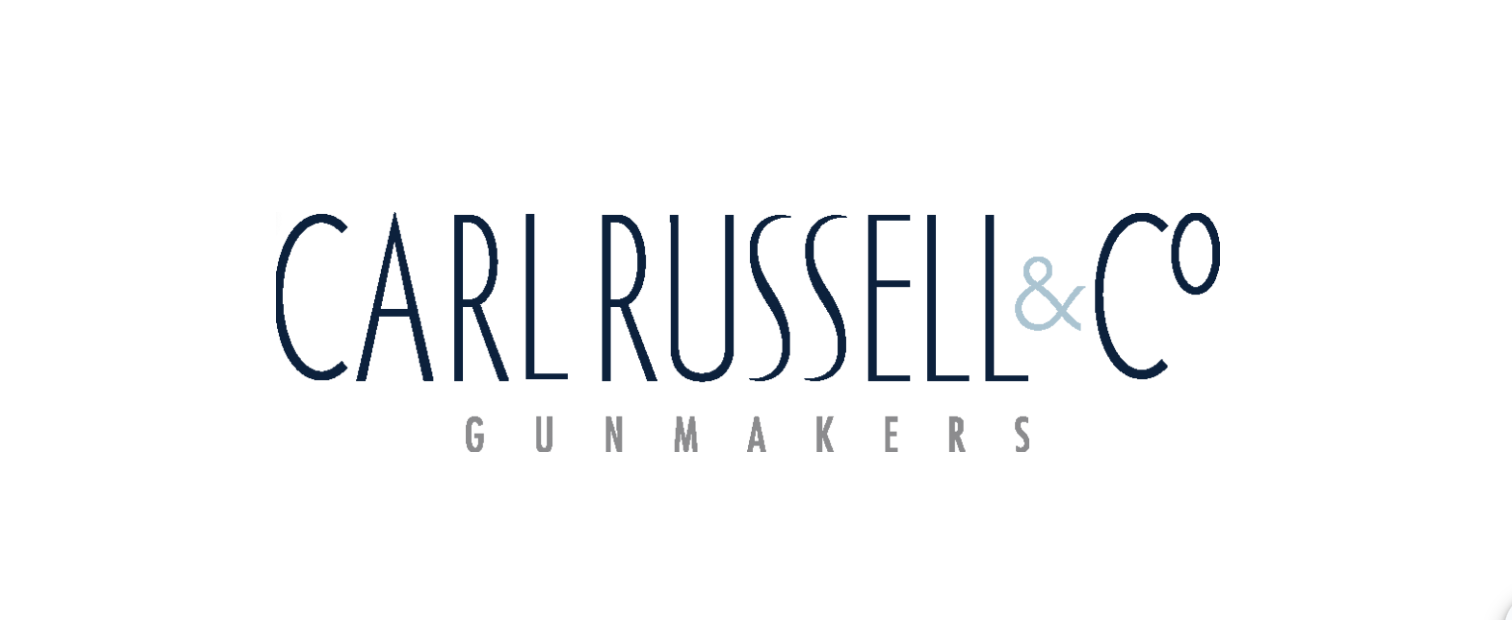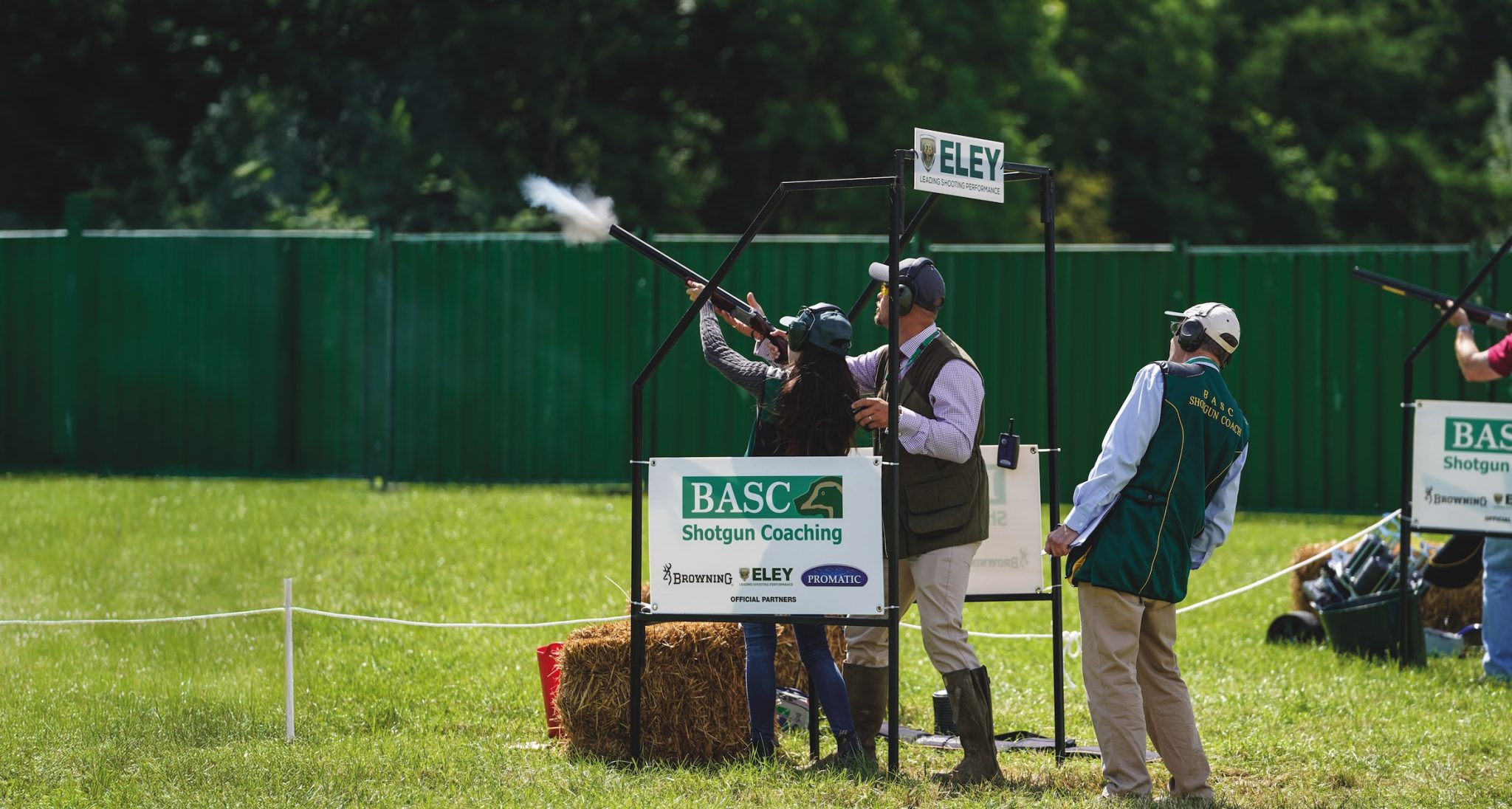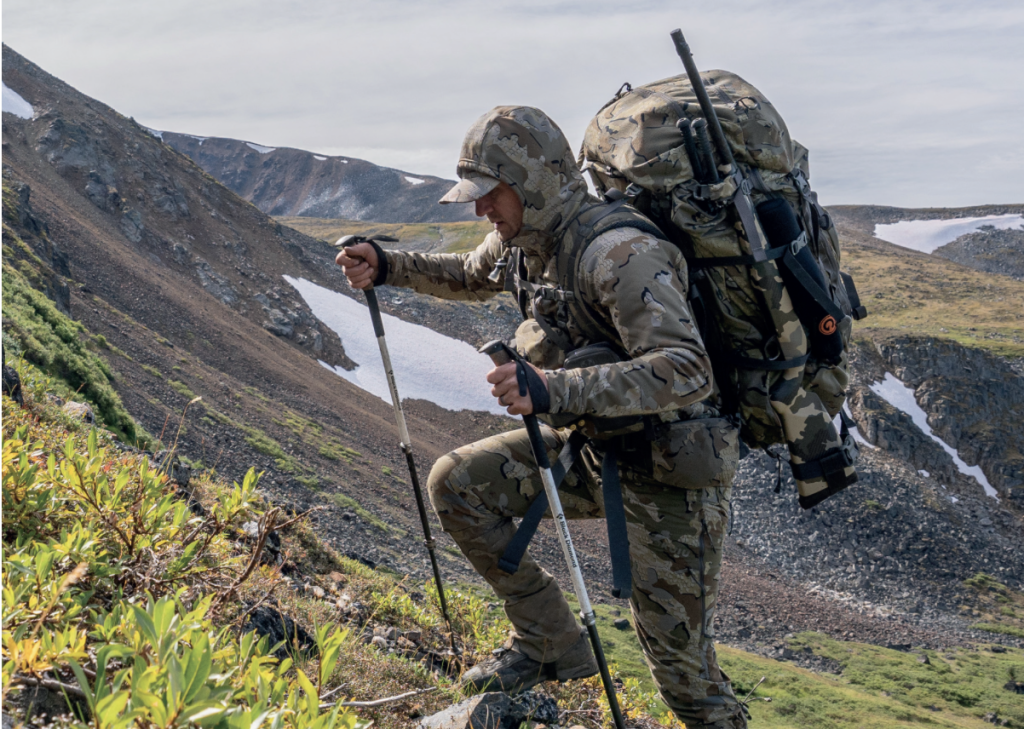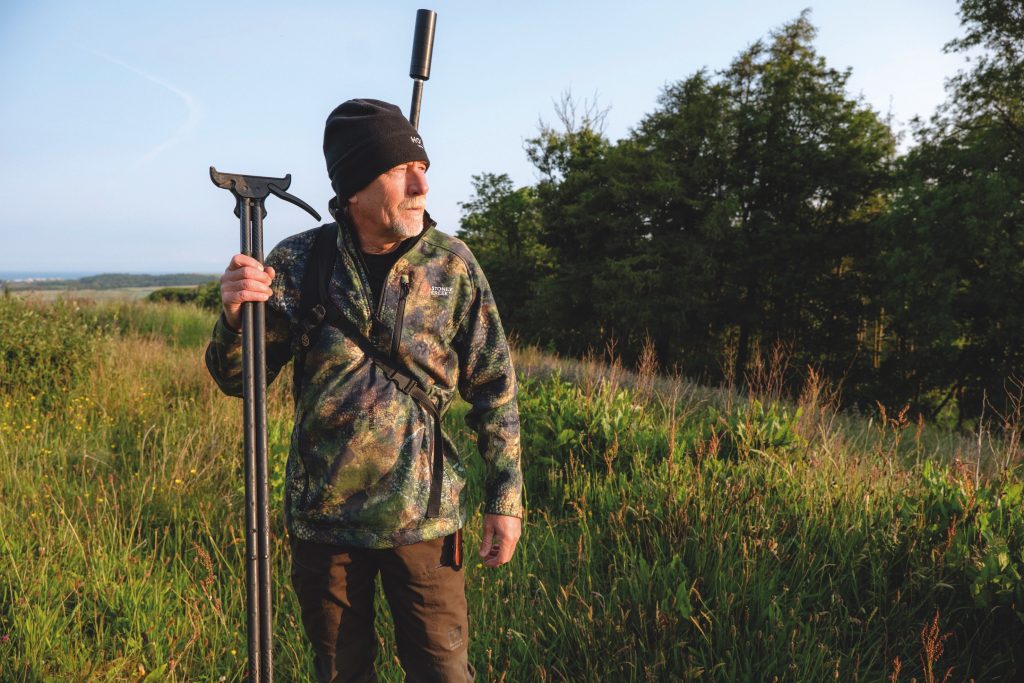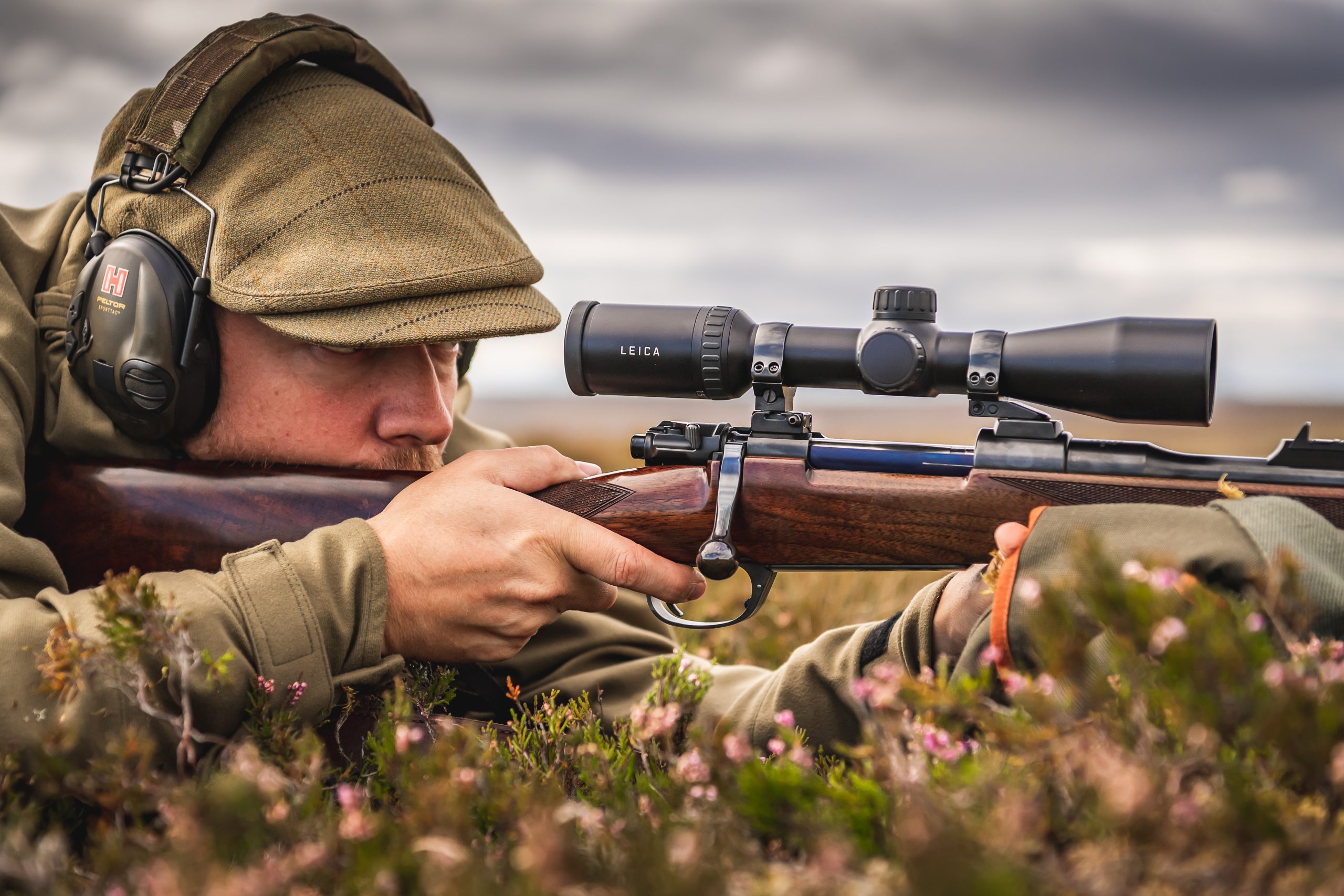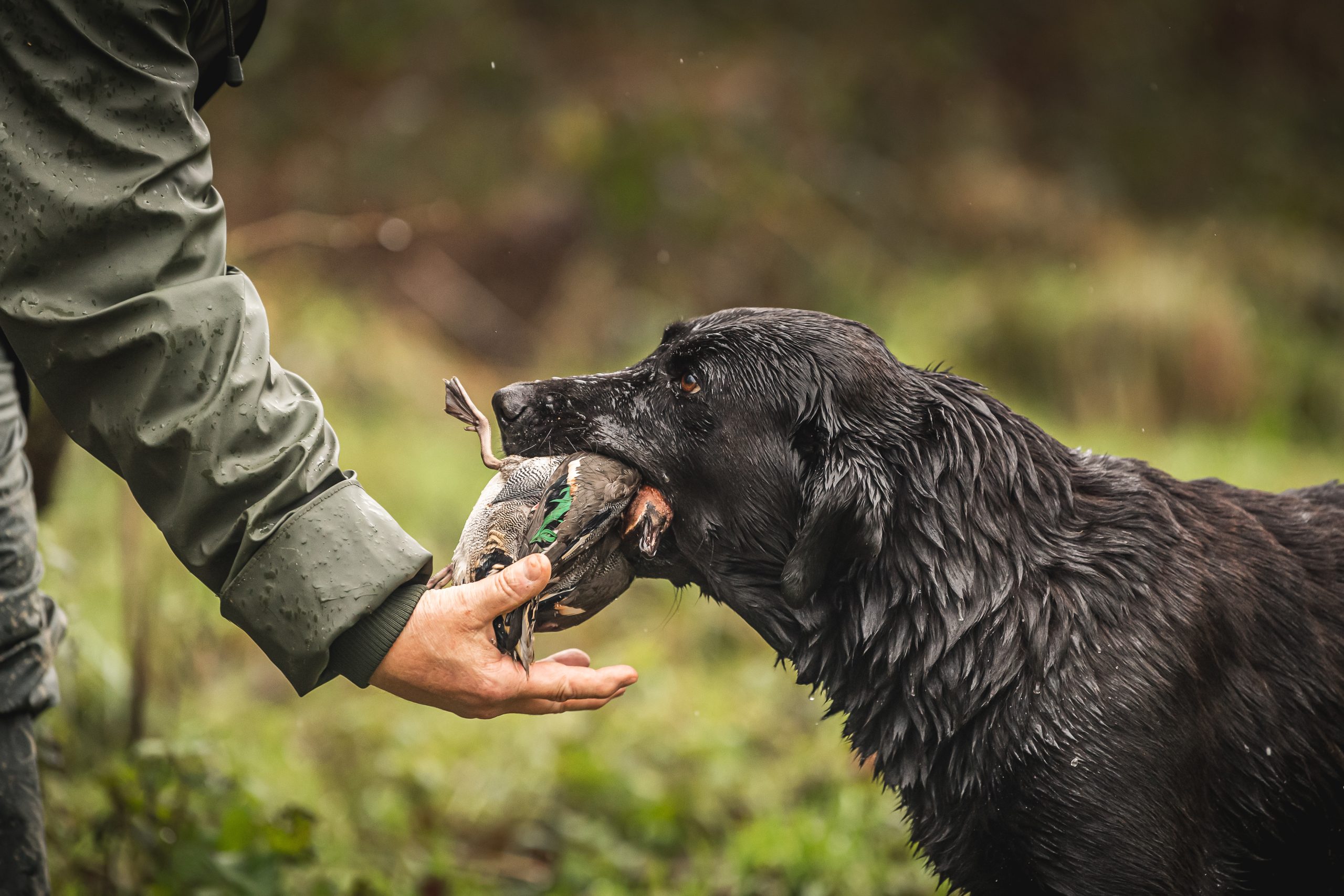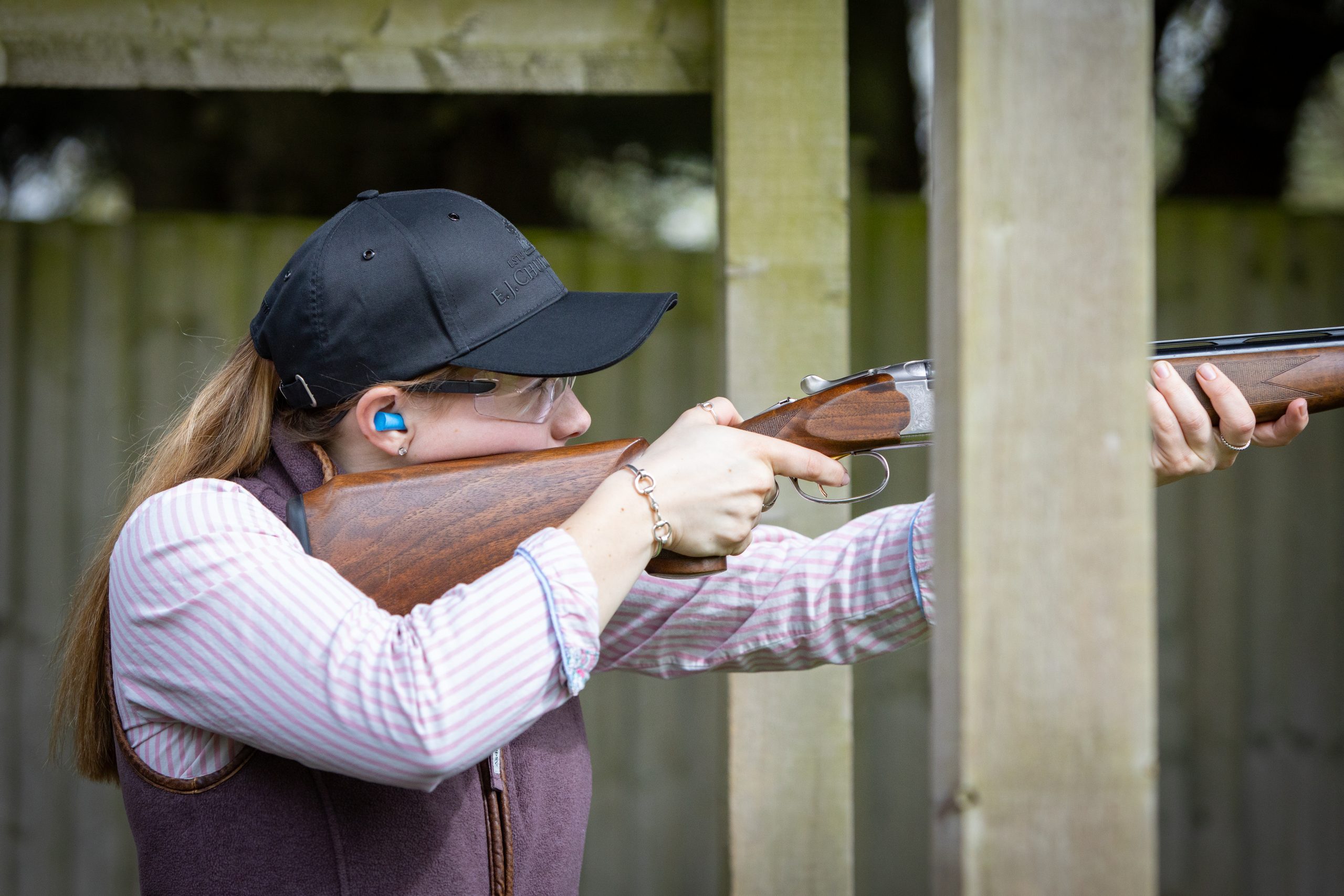Gear
Getting choke wrong – we’ve been doing it for ages
Would you like to speak to our readers? We offer sponsored articles and advertising to put you in front of our audience. Find out more.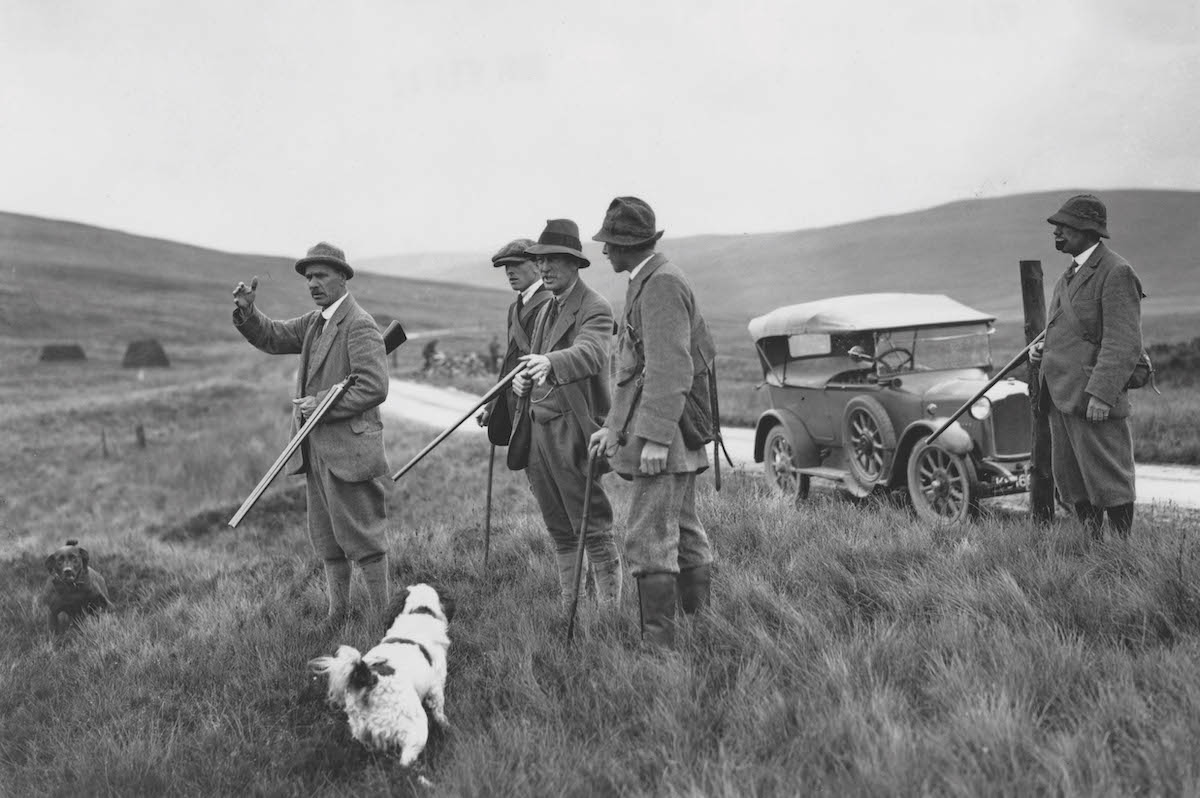 A grouse shooting party in Dumfriesshire, Scotland, 1924. (Photo by Topical Press Agency/Hulton Archive/Getty Images)
A grouse shooting party in Dumfriesshire, Scotland, 1924. (Photo by Topical Press Agency/Hulton Archive/Getty Images)
We’ve all been getting choke wrong for ages. Decades. Even generations. But now we have a chance to put things right, even though it’s going to take a bit of effort to get our collective heads round the problem. If your inclination upon reading the word choke is to move swiftly on then you are exactly the person who should read this page to the very last full stop. And then, probably, read it again. (Read more on shotgun choke here.)
Getting choke wrong
Those of us who have inherited guns are among the worst offenders but have, perhaps, the most valid excuse. Anyone who has bought a gun in the past few decades and has not thought about the issue has created a massive and wholly avoidable problem for themselves. Do you even know what choke your gun has? (What’s the best cartridge and choke combination for pheasant shooting?)
Standard-issue borings 100 years ago — in a double-trigger side-by-side gun — would be improved cylinder in the right barrel (front trigger) and ½ choke in the left (rear trigger). This was because most sporting shooters were still walking-up their quarry over dogs. So as your partridge or grouse or hare or rabbit or snipe took off ahead of a spaniel’s questing nose, you would knock out your first bird or bunny at 20 yards or so with an open-ish right barrel, and down a second at 30-plus paces with the more constricted left. Improved cylinder/half, quarter/three-quarters or half/full, depending on the quarry and your accuracy.
And when these guns were passed down from one generation to the next, we stuck resolutely to the same measurements on the basis that what served great-grandpa well enough would do for us, even though we now shoot more game driven than our ancestors ever did. Thus we take our first bird some 40 yards out with an open tube and try to remedy the result of that foolishness with a choke barrel directly overhead, which usually misses but occasionally connects with an embarrassing full pillowcase casserole horror that hangs over the peg in silent recrimination for the rest of the drive. Now though, in the face of the inevitable change from lead shot to steel loads, we have the chance to revisit choke.
Triggering confusion
Some friends have already ordered new guns, and almost all have specified multichokes. This has presented them with complicated decisions that are mostly beyond them, while others have added a single selective trigger that has multiplied their options and so magnified their inevitable confusion.
So here’s the answer — in my humble opinion. For most driven game (leaving aside extreme pheasants and ultra partridges) you could, quite reasonably, have your local friendly gunsmith bore out great-grandpa’s left barrel to reflect modern shooting and to cope with steel shot. So half/full becomes half/quarter, or quarter/three-quarters becomes quarter/improved cylinder. For those contemplating a box of six or so available options, the advice is to take No 2 and 4 — which should equate to improved cylinder and ½ choke — and stick the ½ choke in the top barrel for first use/most use/easy reloading, and the improved cylinder in the bottom. Make sure the trigger selector is set to top first, and leave everything well alone. (Read will my shotgun be safe with steel shot?)
If you haven’t got round to worrying about this issue over the past three or four decades of your shooting career, this is not the time to open a whole new can of worms, is it? And if you start fiddling with things mid-season, midday or mid-drive, all that will happen is that you will take your eye off the bird, miss it by miles and then you will lose confidence in your lovely new gun — and that way lies disappointment, despair and madness.
Related articles
Gear product reviews
Science in colour
The art of concealment is the hunter’s superpower and camo plays a huge role
By Time Well Spent
Gear buying guides
Top stalking layers to beat the heat
Chris Dalton discovers five garments designed to cope with frosty starts to midday heat.
By Time Well Spent
Manage Consent
To provide the best experiences, we use technologies like cookies to store and/or access device information. Consenting to these technologies will allow us to process data such as browsing behavior or unique IDs on this site. Not consenting or withdrawing consent, may adversely affect certain features and functions.
Functional Always active
The technical storage or access is strictly necessary for the legitimate purpose of enabling the use of a specific service explicitly requested by the subscriber or user, or for the sole purpose of carrying out the transmission of a communication over an electronic communications network.
Preferences
The technical storage or access is necessary for the legitimate purpose of storing preferences that are not requested by the subscriber or user.
Statistics
The technical storage or access that is used exclusively for statistical purposes.
The technical storage or access that is used exclusively for anonymous statistical purposes. Without a subpoena, voluntary compliance on the part of your Internet Service Provider, or additional records from a third party, information stored or retrieved for this purpose alone cannot usually be used to identify you.
Marketing
The technical storage or access is required to create user profiles to send advertising, or to track the user on a website or across several websites for similar marketing purposes.


